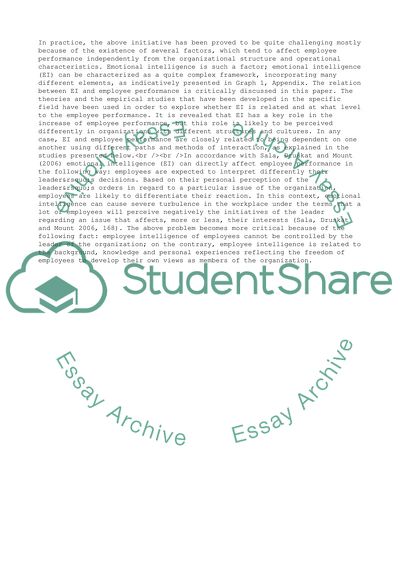Cite this document
(The Relation between Emotional Intelligence and Employee Performance Literature review - 1, n.d.)
The Relation between Emotional Intelligence and Employee Performance Literature review - 1. https://studentshare.org/business/1751115-organisation-behaviour-business
The Relation between Emotional Intelligence and Employee Performance Literature review - 1. https://studentshare.org/business/1751115-organisation-behaviour-business
(The Relation Between Emotional Intelligence and Employee Performance Literature Review - 1)
The Relation Between Emotional Intelligence and Employee Performance Literature Review - 1. https://studentshare.org/business/1751115-organisation-behaviour-business.
The Relation Between Emotional Intelligence and Employee Performance Literature Review - 1. https://studentshare.org/business/1751115-organisation-behaviour-business.
“The Relation Between Emotional Intelligence and Employee Performance Literature Review - 1”. https://studentshare.org/business/1751115-organisation-behaviour-business.


